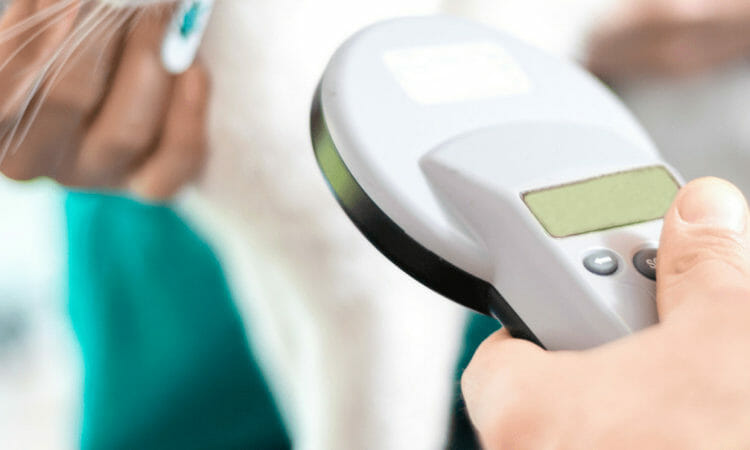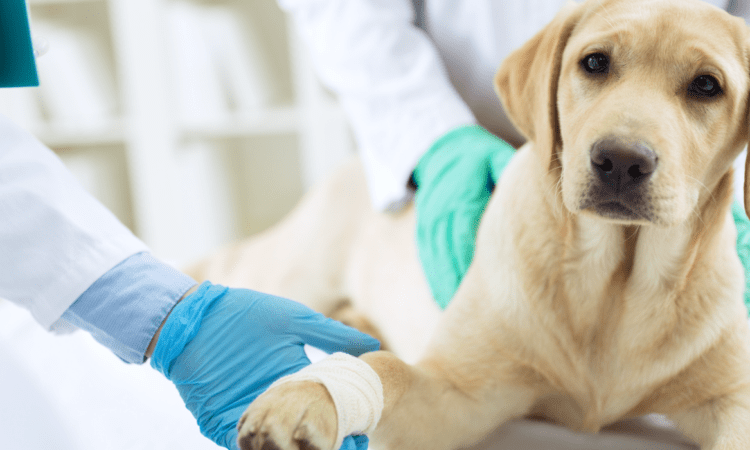Did you know that more than 100,000 abandoned dogs and cats are taken in by SPCAs across Canada each year? That’s not counting animals who are left on the streets, and are not found by rescue groups. Try as they might, shelters cannot take care of all animals who need homes. Pet overpopulation is a serious problem. Getting your pet spayed or neutered is a direct way for you to help ease the burden on animal shelters. Plus, the procedures also provide many health benefits for pets. Give us a call at 613-824-7511 to learn more about our spaying and neutering services.
How can spaying or neutering help my pet?
These routine surgeries prevent pets from producing their own offspring. Spays are performed on female pets to remove their ovaries and uterus. Neuters are done on male patients to remove their testicles. The procedures will eliminate your pet’s risk of developing uterine, ovarian and testicular cancer, as well as other forms of cancers and infections. It will also lessen aggressive or problematic behaviours such as separation anxiety, roaming, guarding and spraying. Pets who undergo the procedures also tend to have longer life spans.
When should I get my pet spayed/neutered?
We typically recommend pets are spayed or neutered before their first heat cycle. This occurs when they are about 6 to 9-months-old. That being said, the surgeries can be safely performed on pets who are older or adult-age.
Can spaying or neutering be reversed?
No. These operations are permanent and cannot be reversed once completed.
How should I care for my pet after they are spayed/neutered?
Rest assured that we will provide you with detailed after-care instructions after your pet’s procedure. For the first week after their spay or neuter, we recommend reducing their physical activity, not giving them any baths to keep the incisions dry, monitoring their behaviour and reaching out to us right away if you notice anything worrisome.







